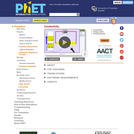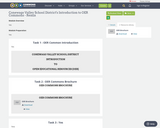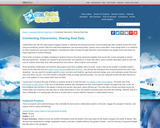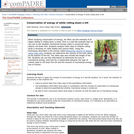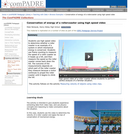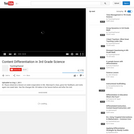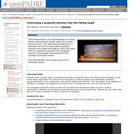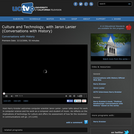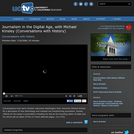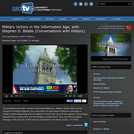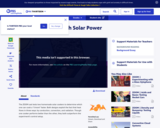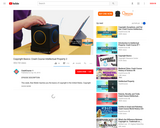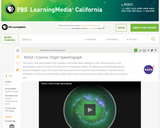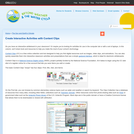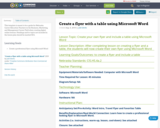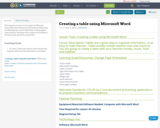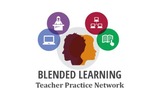
How can we conduct scientific research so that we have evidence to support a claim?Students in this problem-based learning module are invited to design a testable question to guide Scientific Research, Evaluate the pH of various solutions, Identify Variables, Conduct a Scientific Investigation, and Analyze/Communicate results. How can we conduct scientific research so that we have evidence to support a claim? Antacid tablets are a multi-billion dollar industry. Claims are made regularly by certain brands that their extra strength tablets contain “DOUBLE the acid neutralizing power per tablet of regular strength antacids.” How effective are antacids? Are double-strength antacids twice as effective as regular strength antacids? Have you ever noticed a parent/guardian/family member take an antacid tablet? Stomach chemistry is about acids and bases. When the pH of a stomach is too acidic then it might make the person have a stomach ache. In some cases “heartburn” or “acid reflux” are used as terms to describe the problems some people face. Antacids are usually basic which, when taken, might help raise the pH level in a stomach thus making a person feel better.You are invited to design an investigation with a partner, or a team of 4 students, to test your own idea about the effectiveness of antacids. The challenge? Have a driving question, clear variable identification, and an analysis of your results. Materials for your test will be provided to you by your teacher. At the culmination of your investigation your design team will make a 30-second pitch on your phone to show at your family Thanksgiving meal to explain the benefits (or negatives) of using antacids, and how antacids work.
- Subject:
- Chemistry
- Health, Medicine and Nursing
- Physical Science
- Material Type:
- Lesson Plan
- Author:
- Blended Learning Teacher Practice Network
- Date Added:
- 11/21/2017
